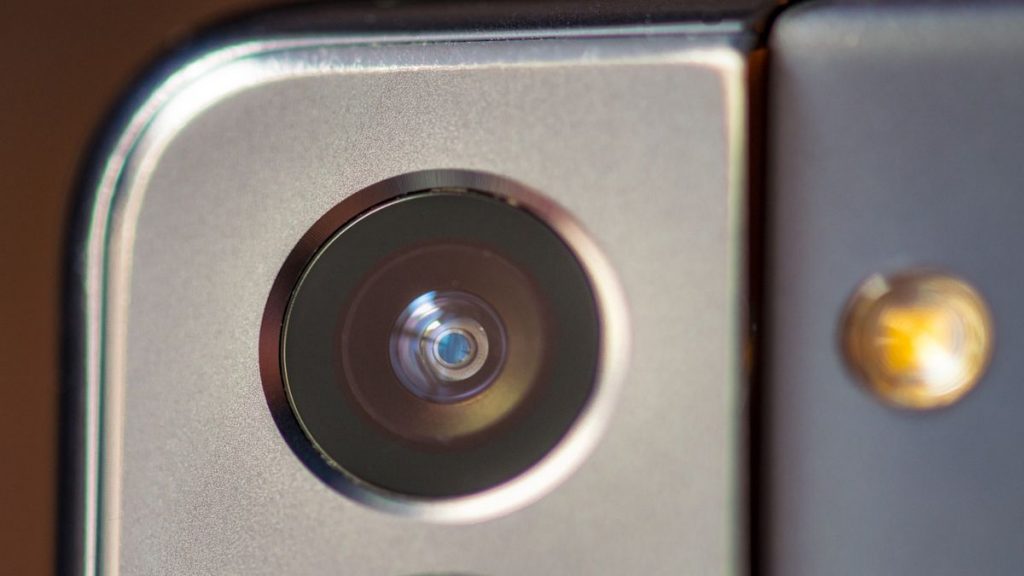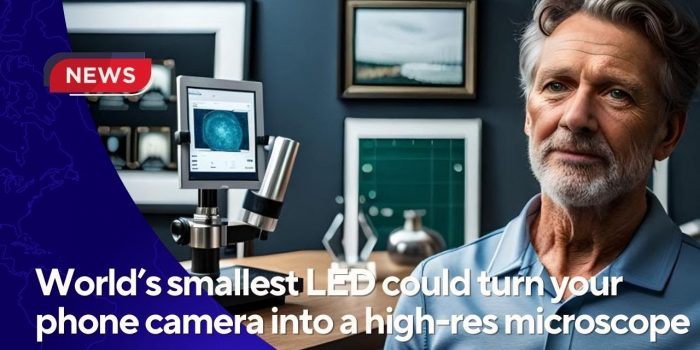Researchers from the Singapore-MIT Alliance for Research and Technology (SMART) have created the world’s tiniest silicon LED, a ground-breaking breakthrough in photonics. It has a width of less than one micrometer and a brightness similar to bigger silicon LEDs. It may be smoothly incorporated into typical complementary metal-oxide-semiconductor (CMOS) platforms used in mobile phone cameras as the “eye.”
Photonics deals with the characteristics and transmission of photons, and it is a technology field that has brought about advancements in various areas such as optical data communications, imaging, healthcare, and life sciences, as well as lighting and displays.
The researchers examined the LED’s operation with a lens-less holographic microscope. The images were more precise and had higher resolution than those obtained by ordinary optical microscopes. With a resolution of 20 micrometers, it is well suited for bio-imaging and bio-sensing applications such as near-field microscopy and implanted CMOS devices.

The experts believe that by altering the phone’s silicone chip and software, this technology may be readily implemented into contemporary cellphones, transforming the device into a high-resolution microscope. Individuals will be able to take high-quality photographs of minuscule items such as human tissue samples and plant seeds thanks to this innovation.
The potential uses for this tiny LED are vast, including optical data communications, imaging, life sciences and healthcare, lighting, and displays. Additionally, its incorporation into smartphones could transform bio-imaging and bio-sensing applications, making high-quality microscopy accessible to a broader audience.

This achievement in photonics research has opened up new possibilities, and it is undoubtedly a significant step forward in realizing them.


